Students at Olin College are using the MarkOne to redesign a quadcopter landing gear for whale research drones.
| Cost | Time | |
| Workshop – Aluminum | $ 661,08 | 3 – 5 days + shipping |
| Markforged 3D printed | $ 34,79 | 19 hours |
A hard setback
The Snotbot is hurtling down onto the Ocean Alliance research boat. The operator is doing his best to prevent the quadcopter from completely breaking apart during landing. However, the boat is moving, the wind is blowing, and the battery is already at its lowest level due to the heavy load. The landing must be quick. The pilot would be satisfied if the electronics housing remained intact. Even that cannot be guaranteed.
The research organization Ocean Alliance has been studying whale behavior for almost 50 years. The Olin College of Engineering in Needham, Massachusetts, has earned a reputation as a unique engineering school. A joint partnership aimed to find a way to collect biological information from whales. The result was the Snotbot. It flies over surfaced whales and collects expelled fluids. The robot is less invasive than the traditional tissue collection method, which required a biopsy dart to be fired into the whale. The problem with the new method is that the quadcopter breaks upon almost every landing. A landing gear must be constructed that can withstand even a hard impact.
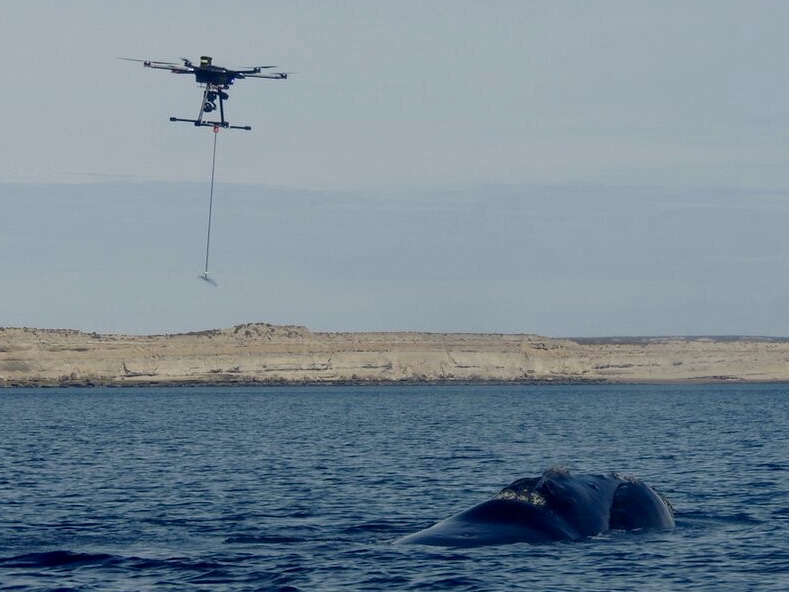
The Snotbot collects data from whale spouts, but lacks a reliable landing gear.
Devynn Diggins, a first-year mechanical engineering student at Olin, accepted the challenge and worked on the Snotbot for over a year. Drew Bennett is a professor of robotics and systems, and Diggins is the head of the Intelligent Vehicles Department. Together, the two have found solutions to make the Snotbot saltwater-resistant and to protect the rotor blades from strong waves. The most efficient designs are required here because high weight consumes a lot of battery power, but lightweight parts are often too fragile.
Get better with Markforged
The original landing gear was made of traditional carbon fiber layers. The new one had to be more flexible, yet still very strong. A quick solution was also required, as the time window for good whale research is small, and there was no time to wait for a delivery of spare parts. A new landing gear based on the original design was 3D printed using the Markforged 3D printer. The part was just as light but stronger than the old one. The team experimented with different designs and materials. The short production times allowed for rapid test runs. The designs were adapted immediately based on the results, so it didn't take long to find the right landing gear. The even lighter version was soon manufactured from Kevlar-reinforced nylon. This material combination offers great strength while maintaining flexibility.
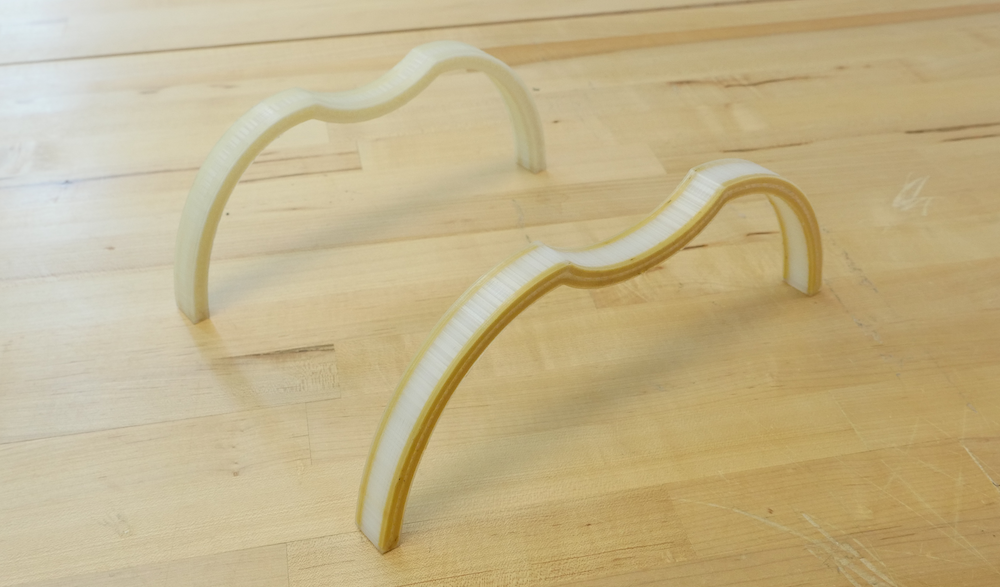
The Snotbot's new landing gear.
The Markforged landing gear, originally intended as a temporary replacement part, offered new possibilities. It became clear that 3D printing could dramatically improve and accelerate construction processes. Next, the drone arms were redesigned to enable safe navigation and eliminate the risk of submersion. The new arms extend from the drone body in such a way that the motor is held higher above the water. Here, too, the material needed to be as light as possible but very strong. The bent carbon fiber tubes originally used were quite expensive. Once again, the problem was solved with the Markforged 3D printer.
Take off with Markforged
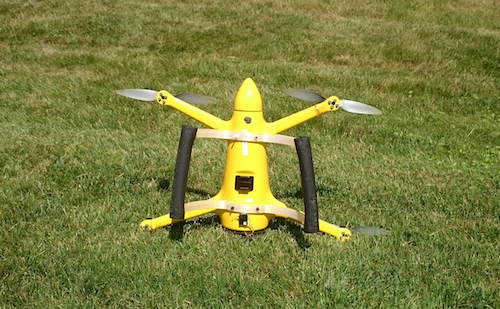
The Snotbot is equipped with its new Kevlar reinforced landing gear.
The engineers were very pleased with the upgrades. Since the modification, the Snotbot no longer breaks upon landing. The drone arms have not yet been tested on the Snotbot, but the team is confident. Bennett is proud of his student's work: "Without the Markforged, she would never have been able to build the right design." With the 3D printer, Olin now produces prototypes faster, more sturdily, and more cost-effectively. Bennett is excited to see the students using the Markforged creatively.
"With the Markforged 3D printer, we were able to change the fiber type in the polymer, and thus the properties of the part. This allowed us to find the right part for our vehicle and solve the problem." Drew Bennett







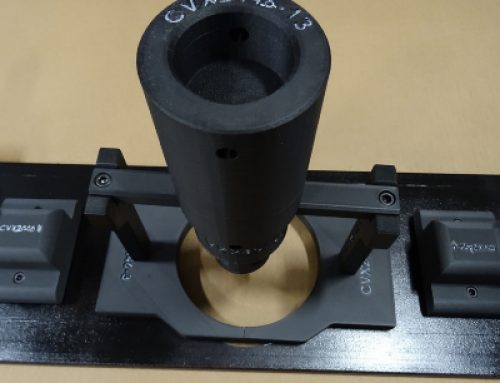
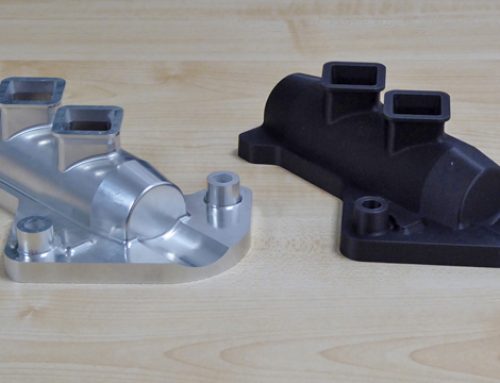

Leave A Comment